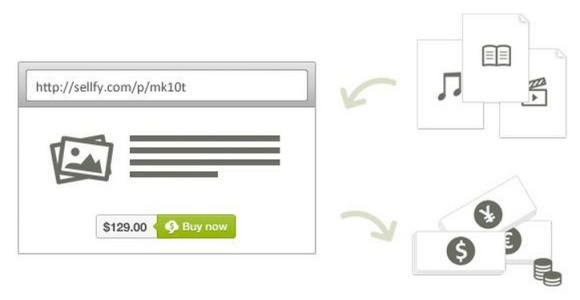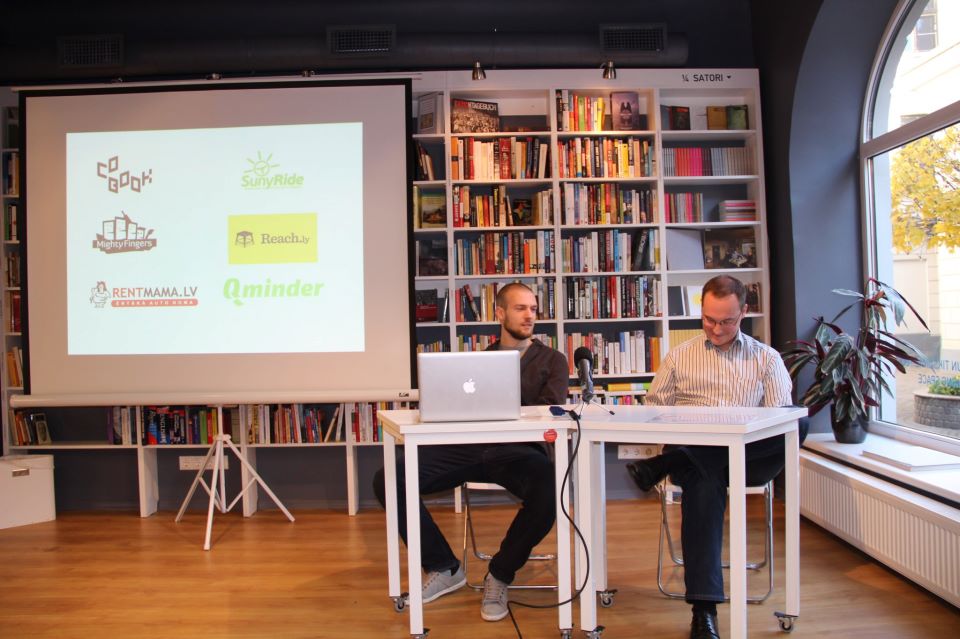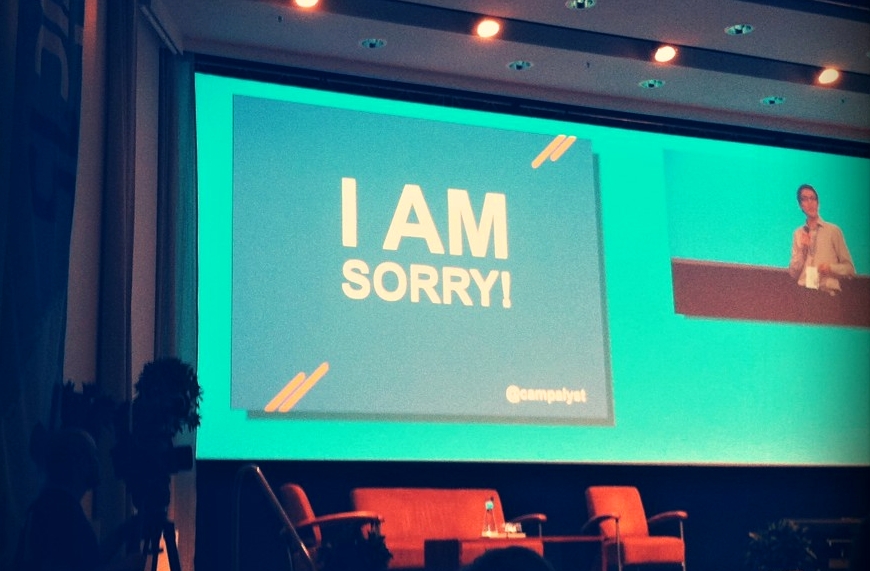DBaaS from Clusterpoint, bonanza for developers
Clusterpoint has been established in 2006 in Riga, Latvia to deliver document-oriented database technology. The company has big corporate and government accounts for their on-premises software, including Riga City Council, local news portal Delfi.lv, business directory Firmas.lv.
In late February 2015 they launched the Cloud version of the software - database-as-a-service (DBaaS) Clusterpoint 3.0. The cloud solution is mostly targetted on individual software developers and data architects. They are among primary users of Clusterpoint DBaaS technology and decision-makers on the choice of particular database technologies for their own or their customer projects. Correspondingly, the company’s marketing activities are aimed towards approaching software developers, both online and offline, encouraging them to try the Clusterpoint cloud solution and see the advantages as an alternative to currently available NoSQL document-oriented database technologies offered by competitors.
The company has already several thousand Cloud users, and looking towards several tens of thousands new Cloud users in the nearest future taking into account their marketing activities worldwide, including online ads, sponsoring and speaking out at hackathons, meetups, and tech events, mainly in the US.
The first corporate customer for the Cloud service has been e-mail marketing company Mailigen, distributing millions of e-mails on behalf of their customers. Clusterpoint has also a common cooperation project -www.wikisearch.net - with ZoomCharts.com, where ZoomChart shows off their data visualization features while Clusterpoint DBaaS provides a database for storing, searching and processing the entire Wikipedia content (and is doing it really fast thanks to a patent-pending algorithm).
Clusterpoint management confirmed that they are considering to attract outside financing to further expand the business.
Differentiation from competitors (MongoDB, IBM Cloudant, and others)
The innovative Clusterpoint 4 supports ACID-compliant multi-document transactions and a rich computational model based on JavaScript — two features often ignored by other NoSQL databases on the market. (These features don’t say too much to me, but apparetnly it’s a big deal for techies).
The DBaaS from the Latvian company has also built-in powerful full-text search. Along with data aggregation functionality and support for real-time analytics, Clusterpoint technology makes it pretty unique and powerful database solution in document-oriented, general purpose global database market. The full-text search functionality has been a historic advantage of Clusterpoint technology because initially Clusterpoint has been developed as a search engine for Latvian internet pages. It was later transformed into database technology and gradually developed into what we see as Clusterpoint today.
It is single cloud software vendor who enables software developers to get rid of software integration pains as all the necessary database software stack is available within Clusterpoint solution. It takes 1-2 minutes to sign up for Clusterpoint Cloud account, upload the data and start using the database. If you compare this to pure database technology vendors like MongoDB, then from them you get a database technology, which needs to be installed on some external Cloud infrastructure (e.g. Amazon WS). Then one might consider adding ElasticSearch on top of the software stack. These integrations take a great deal of effort and aren’t budget-efficient.
Another key differentiator mentioned in developers’ blogs and reviews is the company’s pricing strategy.
“We believe it is instant scalability of the Cloud resources when our customers do not need to provision anything in advance, but can enjoy massive computational power being available at the moment it is required, and being able to pay only for actual amount of resources used, not paying for idle time.”
Pricing strategy
The service is more affordable to developers in comparison to other DBaaS vendors. Clusterpoint has simplified the billing system down to only 4 variables: CPU time, RAM, storage, and outgoing traffic. The website offers an easy-to-use calculator when a developer can estimate his monthly expenses, which are less than with any other DBaaS provider. Also, customers do not have to provision (commit or pre-pay) anything and thus waste money on idle resources - Clusterpoint’s pricing model is pay-per-use model, similarly to electricity subscription plan where electricity meter number matters.
As for the Enterprise Level Production Support they have lower prices than, for instance, Cloudant, who charges starting from several thousand USD, while the Latvian company offers the technical support level for EUR 200, this price including a specific amount of computational resources.
You can access the Clusterpoint blog for more information about the new release.












